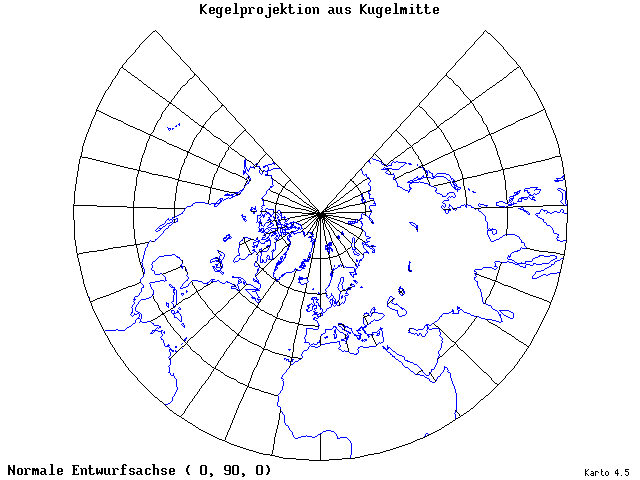Traditional world maps such as the Mercator often exaggerate the scale towards the poles, giving an erroneous picture of the relative sizes of different countries. For example, Mercator maps show Greenland to be roughly the same size as Africa, when, in reality, Africa is actually fourteen times larger. Africa also looks considerably smaller than Russia on a Mercator map, even though Africa is actually 33% larger. However, generations of navigators weren't bothered much by Mercator's misrepresentations, since they cared most about longitude and latitude, which the Mercator projection handles rather well.
In 1973, Arno Peters published the Peters Projection map. This map preserves equal area and retains a rectangular grid of latitude and longitude. Thus all countries are the correct size in relation to one another. On this projection it becomes much easier to understand the relationships between countries. However, a price is paid in the distortion of shape - countries are progressively squashed towards the poles and stretched across the equator. For those who grew up with the Mercator map, the Peters projection map appears to be stretched vertically, and Africa suddenly looks huge.
A variety of social and religious groups argue that since the Mercator map makes many countries appear smaller than they really are, people seeing them may infer that certain countries are innately more important than others. This rhetoric has often escalated to the point where the Mercator map is openly described as being "racist". Many of these groups are working to address this perceived problem by lobbying schools around the world to adopt the Peters projection map in classrooms. This movement is not without controversy, however, since educators, well-aware of the Mercator map's deficiencies, were already adopting maps based on other projections, some of which are even more accurate than Peters's. Others argue that Peters wasn't even the first person to devise such a projection, since James Gall came up with the same idea in 1855 (which is why some refer to it as the Gall-Peters projection).








